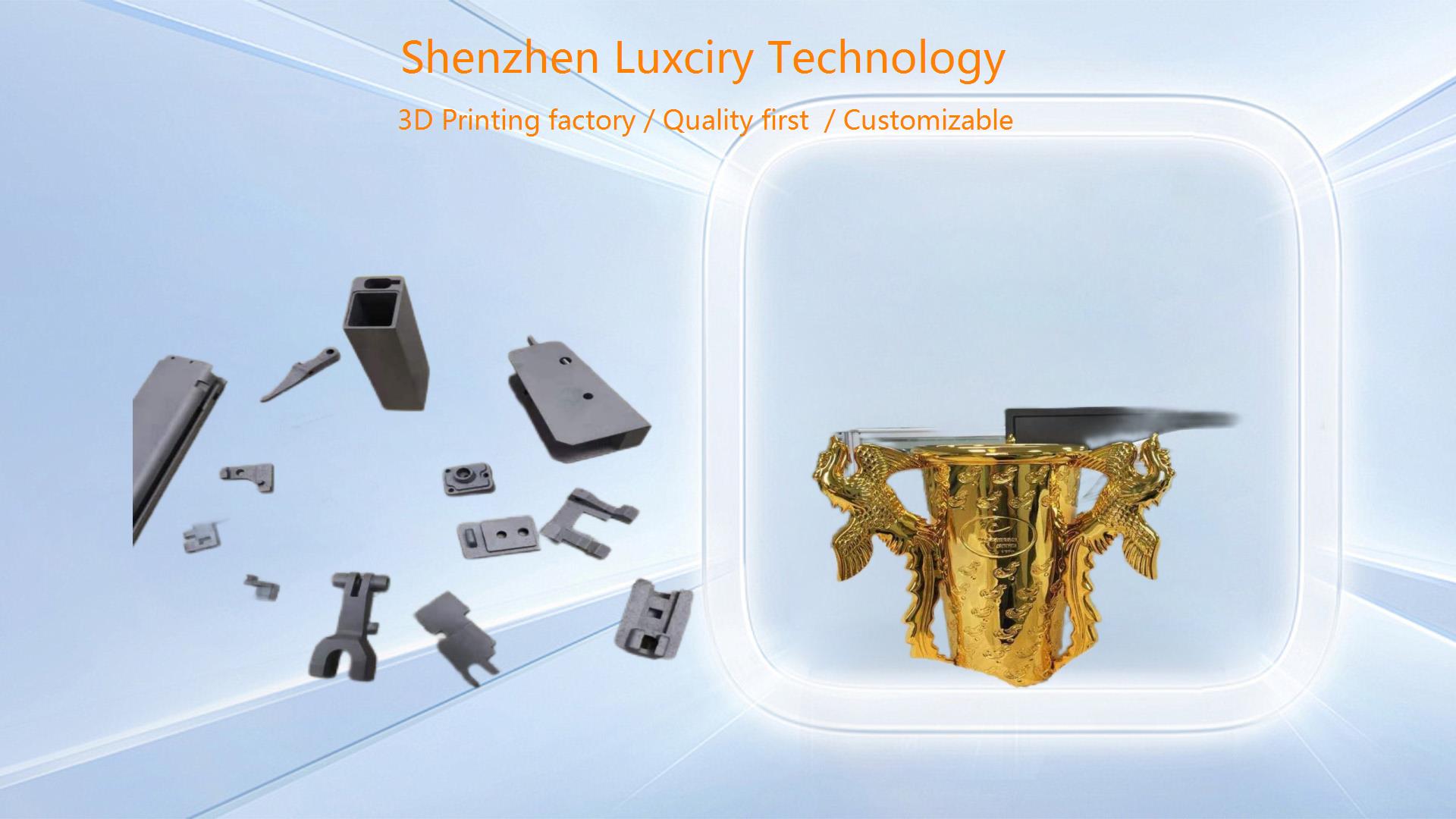In the rapidly evolving world of automotive technology, safety remains a paramount concern for manufacturers and consumers alike. Luxciry, a pioneering company in the automobile industry, has embraced the use of 3D printing to develop innovative safety features in its prototypes. This article explores the advantages and disadvantages of these cutting-edge safety features, providing a comprehensive understanding of their impact on modern vehicles.
Introduction to Luxciry and 3D Printing in Automotive Manufacturing
Luxciry has established itself as a leader in the automotive sector by integrating advanced technologies into its design and manufacturing processes. One such technology is 3D printing, which has revolutionized the way automobile prototypes are developed. By leveraging 3D printing, Luxciry has been able to create complex components with precision and efficiency, leading to significant advancements in vehicle safety.
The Role of 3D Printing in Enhancing Safety Features
3D printing, also known as additive manufacturing, allows for the creation of intricate designs that were previously impossible or too costly to produce using traditional methods. Luxciry has utilized this technology to develop safety features that are not only effective but also customizable to meet specific needs.
- Customization: 3D printing allows for the customization of safety features to suit different vehicle models and customer preferences. This flexibility enables Luxciry to cater to a diverse market.
- Rapid Prototyping: The ability to quickly produce prototypes accelerates the testing and refinement of safety features, ensuring that only the most effective designs are implemented.
- Lightweight Materials: By using lightweight materials, 3D printed components contribute to overall vehicle efficiency without compromising safety.
Advantages of 3D Printed Safety Features
The integration of 3D printing in developing automobile safety features offers numerous advantages. These benefits are crucial in advancing vehicle safety and enhancing the overall driving experience.

Precision and Accuracy
3D printing technology enables Luxciry to manufacture components with high precision and accuracy. This capability ensures that safety features are produced to exact specifications, minimizing the risk of defects or malfunctions.
Cost-Effectiveness
By reducing material waste and decreasing production time, 3D printing offers a cost-effective solution for developing safety features. This reduction in costs can be passed on to consumers, making advanced safety features more accessible.
Improved Crash Performance
Luxciry’s 3D printed safety components are designed to enhance crash performance. The ability to create complex geometries allows for the development of structures that can better absorb and dissipate impact energy, thereby improving passenger protection.
Environmental Sustainability
3D printing contributes to environmental sustainability by minimizing waste and enabling the use of recyclable materials. Luxciry’s commitment to sustainability is reflected in its efforts to reduce the environmental impact of its manufacturing processes.
Disadvantages of 3D Printed Safety Features
Despite the numerous advantages, there are also challenges associated with the use of 3D printing in developing automobile safety features. Understanding these disadvantages is essential for addressing potential limitations and improving the technology.
Material Limitations
While 3D printing offers versatility in material selection, there are still limitations in terms of the strength and durability of certain materials. Luxciry must carefully select materials that meet safety standards without compromising performance.
Production Speed
Although 3D printing allows for rapid prototyping, the production speed for mass manufacturing can be slower compared to traditional methods. This limitation may affect the scalability of implementing 3D printed safety features in large quantities.
Regulatory Challenges
The introduction of new manufacturing technologies often requires navigating complex regulatory landscapes. Luxciry must ensure that its 3D printed safety features comply with industry standards and regulations, which can be a time-consuming process.
Initial Investment Costs
The adoption of 3D printing technology requires significant initial investment in equipment and training. Luxciry must balance these costs with the long-term benefits of improved safety features and production efficiencies.
Case Studies: Luxciry’s Successful Implementation of 3D Printed Safety Features
To illustrate the practical application of 3D printed safety features, we examine two case studies where Luxciry successfully integrated this technology into its vehicle prototypes.
Case Study 1: Advanced Airbag Deployment System
Luxciry developed an advanced airbag deployment system using 3D printing technology. By creating a more intricate airbag housing and deployment mechanism, the company was able to improve the precision and timing of airbag inflation, enhancing passenger safety during collisions.
Case Study 2: Lightweight Roll Cage Design
In another project, Luxciry utilized 3D printing to design a lightweight roll cage for its high-performance vehicle prototype. The roll cage’s complex geometry provided superior strength and rigidity, offering enhanced protection in the event of a rollover accident.
Future Prospects and Innovations in 3D Printed Safety Features
As 3D printing technology continues to evolve, Luxciry is poised to explore new possibilities in enhancing automobile safety. Future innovations may include the development of smart materials that adapt to different driving conditions and the integration of sensors into 3D printed components for real-time monitoring and feedback.
Additionally, Luxciry is exploring the potential of using 3D printing to create modular safety features that can be easily replaced or upgraded, offering consumers greater flexibility and customization options.
Conclusion
Luxciry’s commitment to innovation and safety is exemplified by its adoption of 3D printing technology in developing automobile prototypes. While there are challenges to overcome, the advantages of 3D printed safety features are undeniable, offering precision, cost-effectiveness, and improved crash performance.
As the automotive industry continues to embrace new technologies, Luxciry remains at the forefront of developing solutions that prioritize safety and sustainability. With ongoing research and development, 3D printing promises to play a pivotal role in shaping the future of automobile safety.

